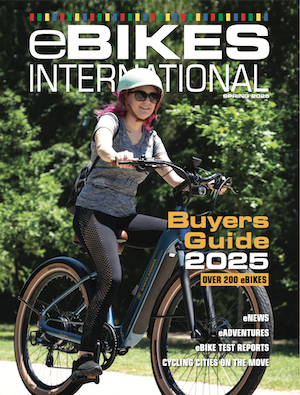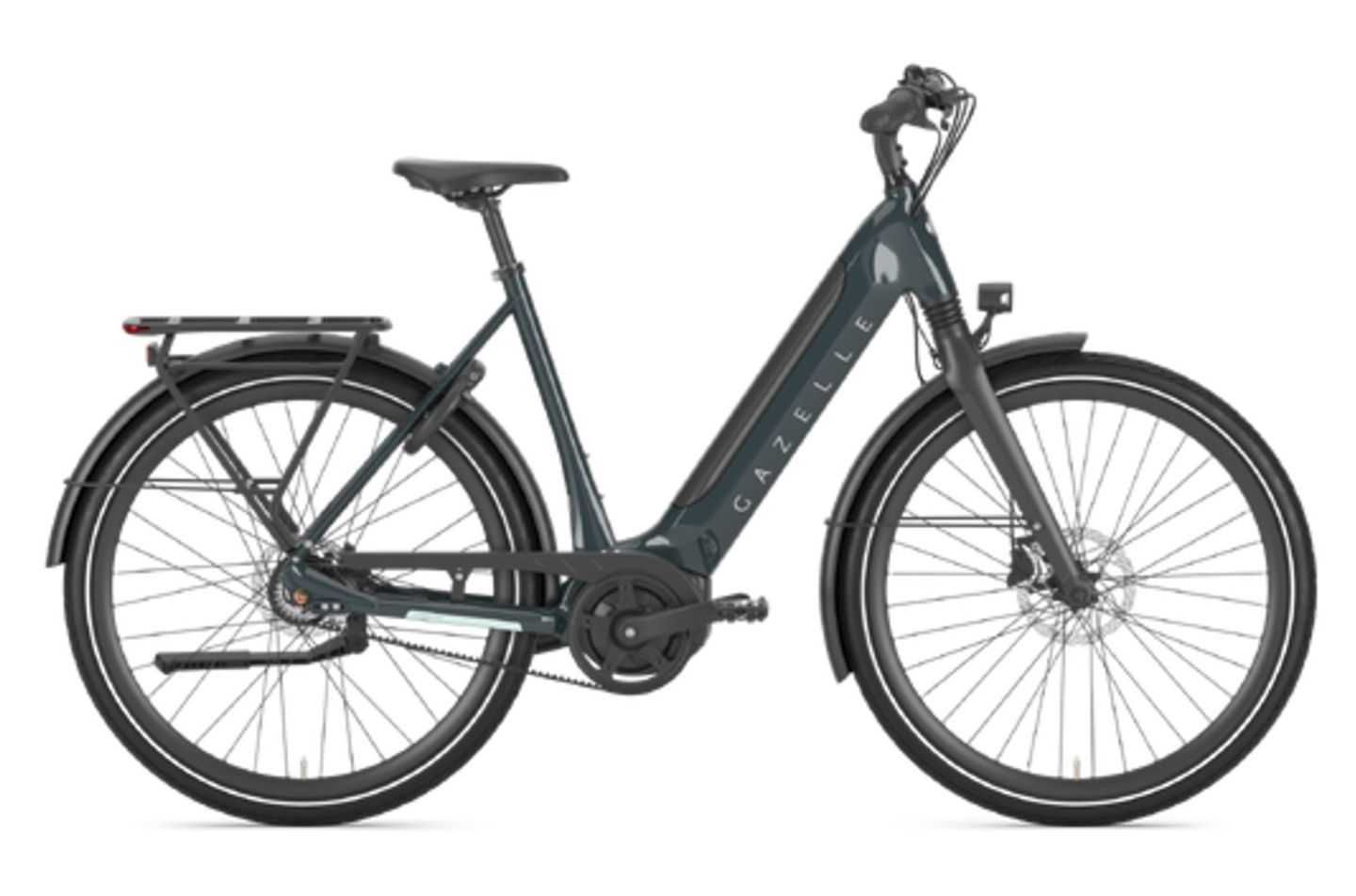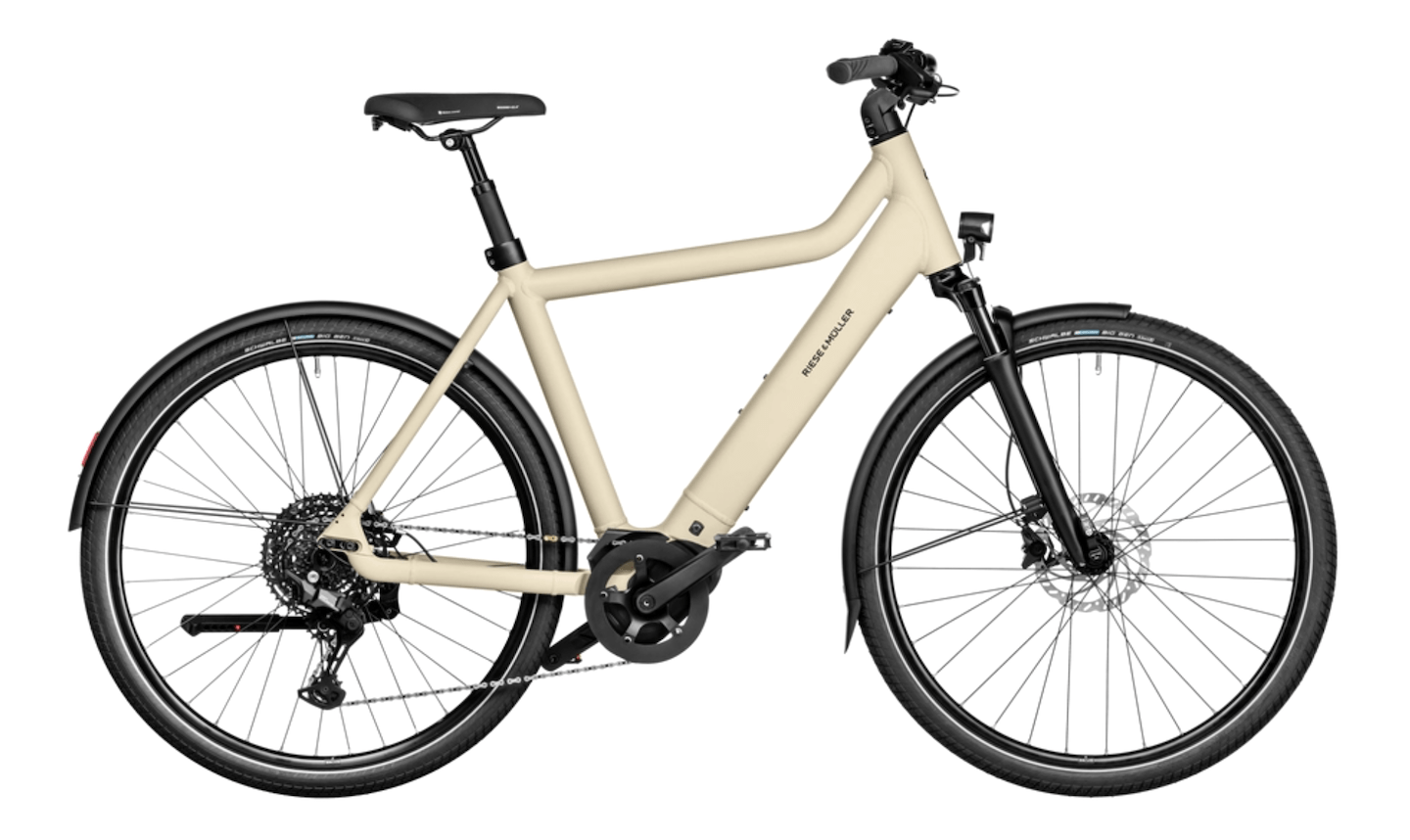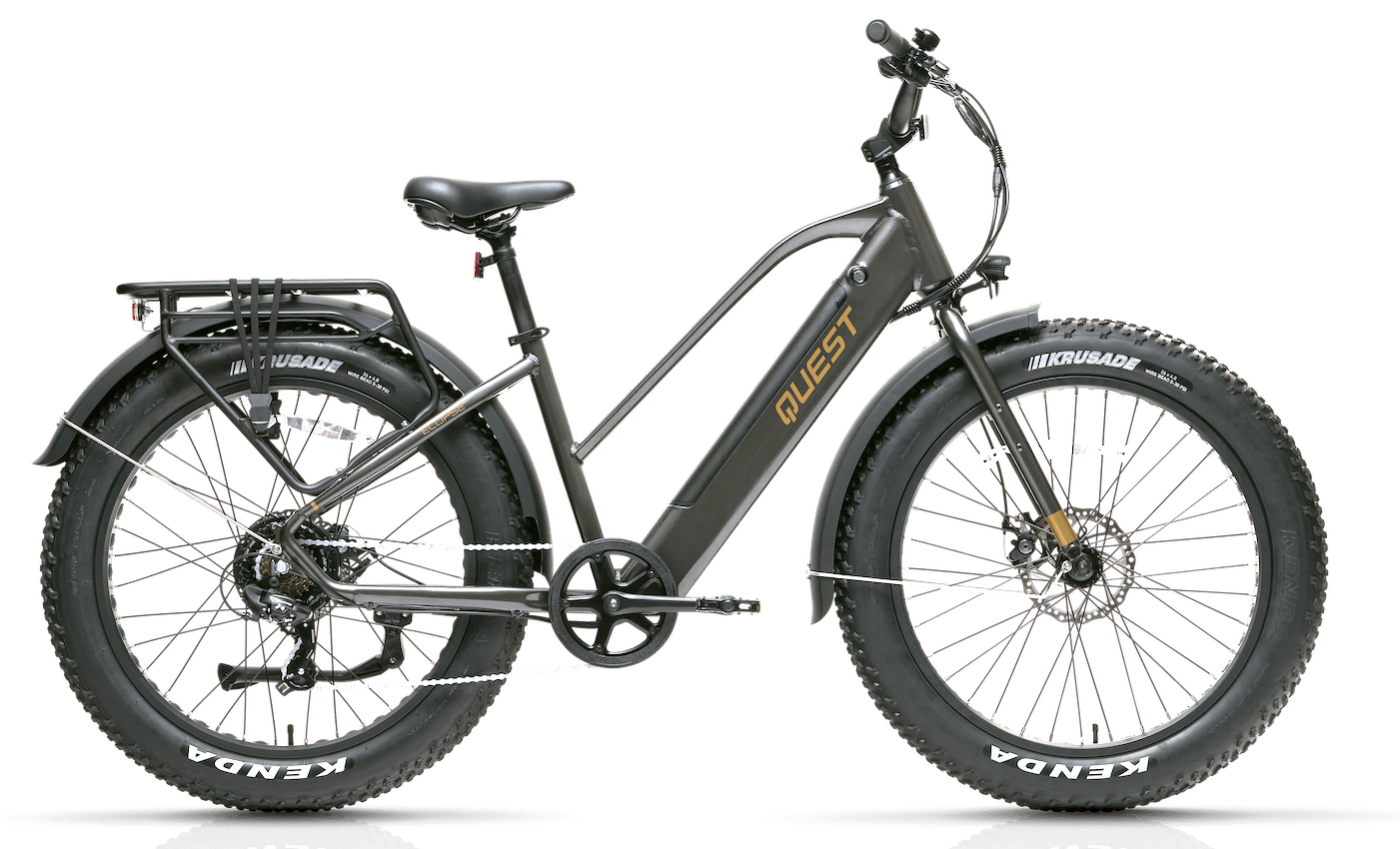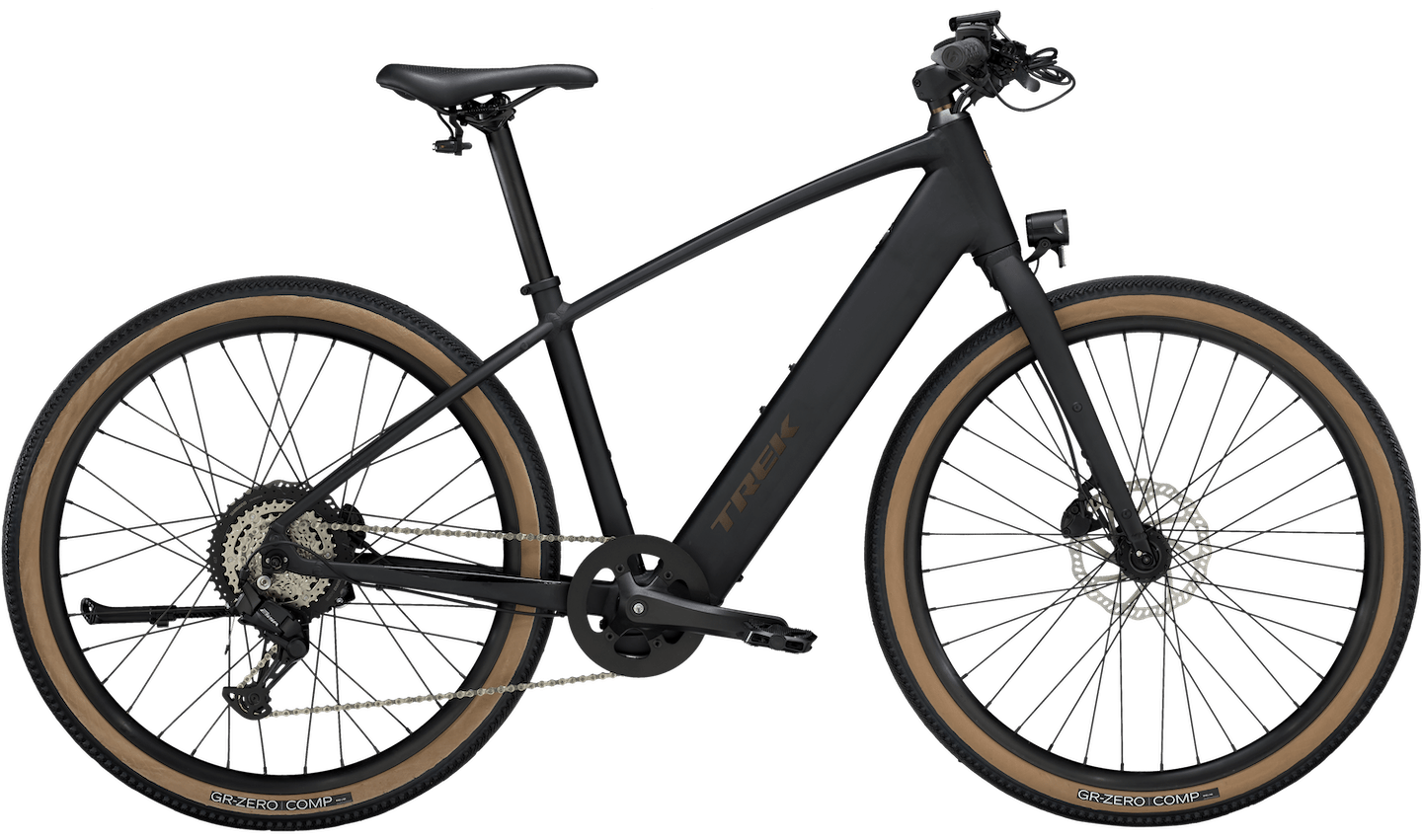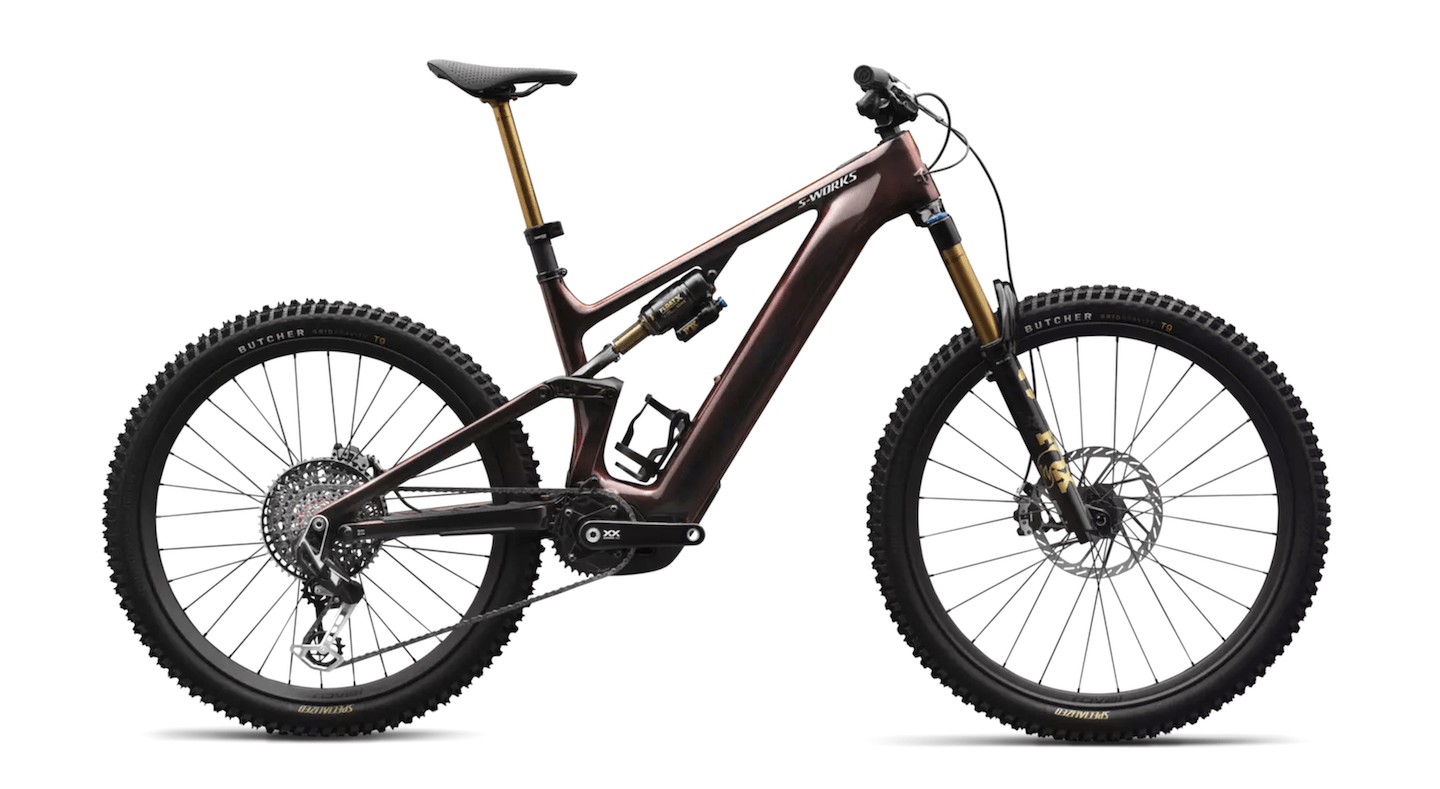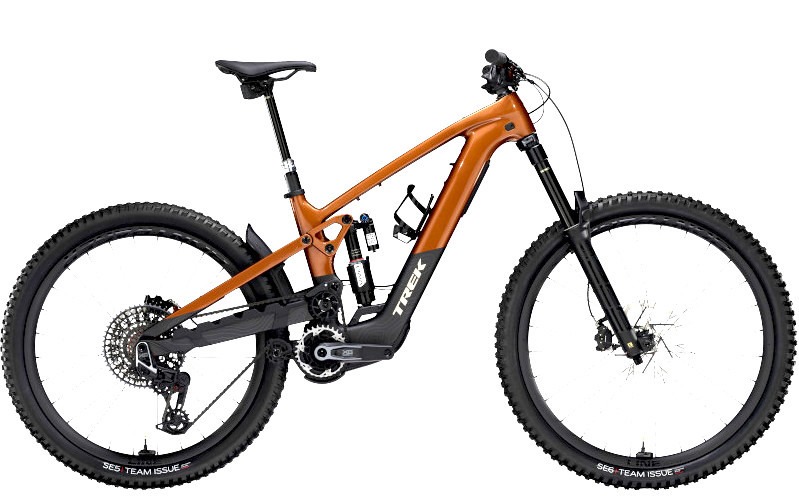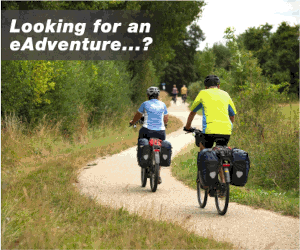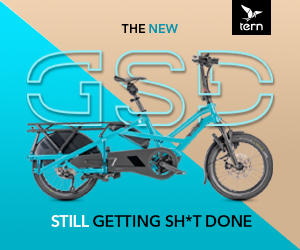March 15, 2021 - Europe is betting on the bicycle to lead the recovery from the coronavirus pandemic as hundreds of cities reconfigured their streets to make walking and cycling easier to aid social distancing and the measures have proved successful reports The Guardian.
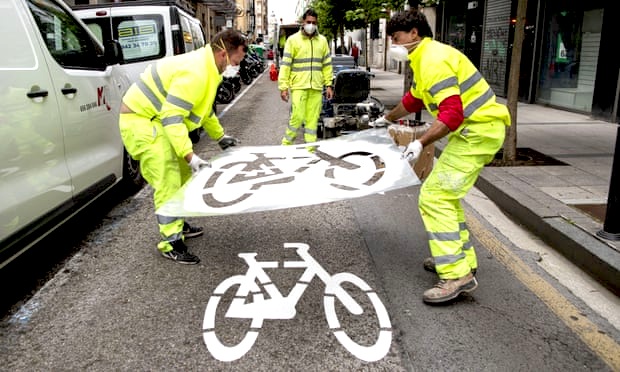
Politicians are now fond of saying that “the pandemic has offered a chance to build back better” and now many cities are busy accelerating existing plans to do just that.
According to the European Cyclists Federation (ECF), the continent’s cities spent 1 billion Euros on Covid-related cycling measures in 2020, creating at least 600 miles (1,000km) of cycle lanes, traffic-calming measures and car-free streets.
In addition to the usual suspects like Denmark and the Netherlands cities like Paris have seen cycling grown by 70%, with 31 miles of temporary corona routes installed early in the crisis now being made permanent.
In Barcelona officials are accelerating the construction of 100 miles of new or improved cycle routes and the cycle route on Corso Buenos Aires is now the busiest in town, used by as many as 10,000 cyclists a day, an increase of 122% in a few months.
In a survey spanning 21 European cities, 64% of respondents said they did not want to return to pre-Covid air pollution levels and 74% were willing to reallocate public space from cars to achieve this.
Read the full article here.



